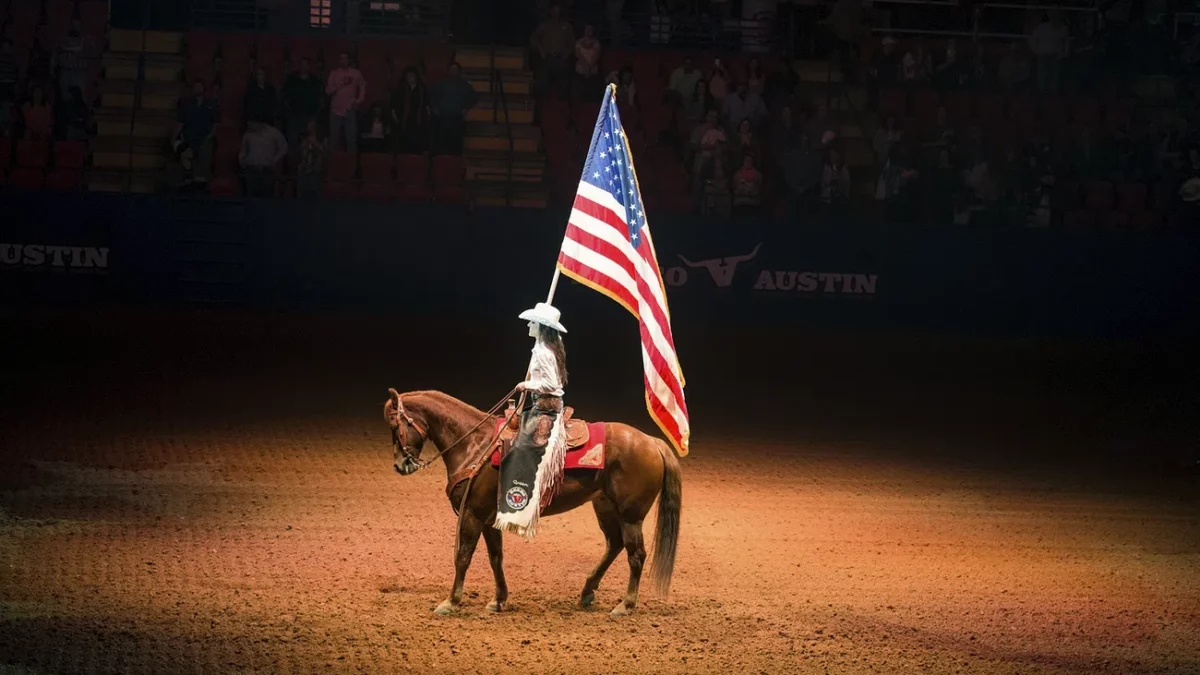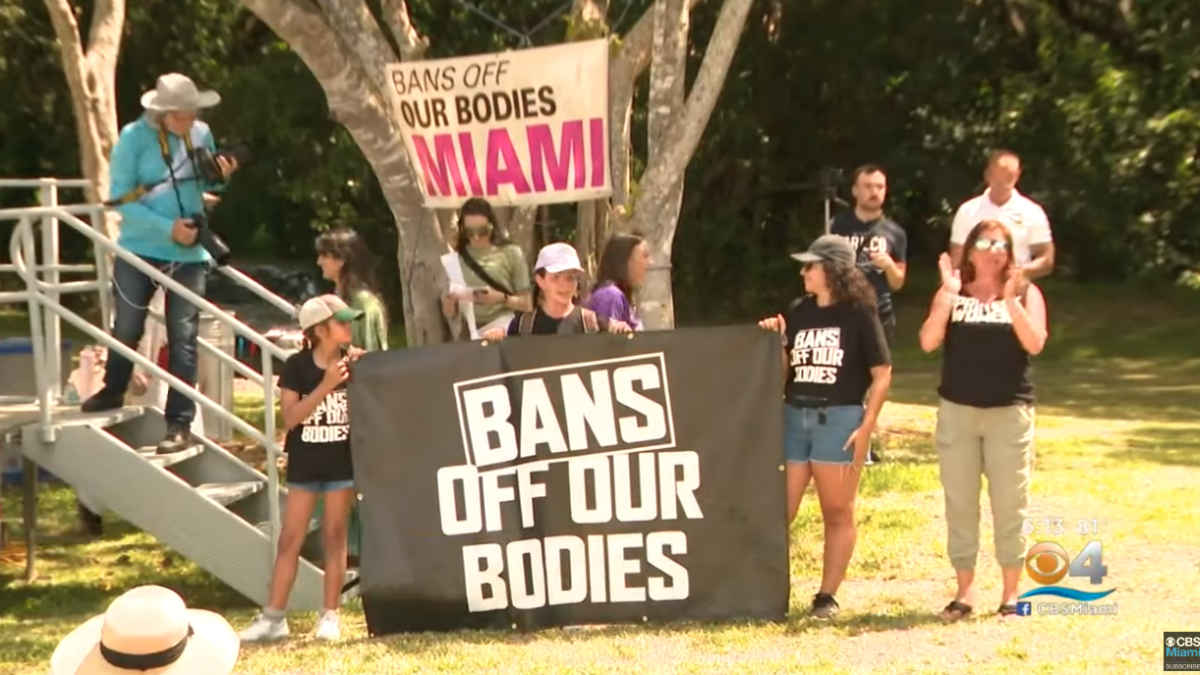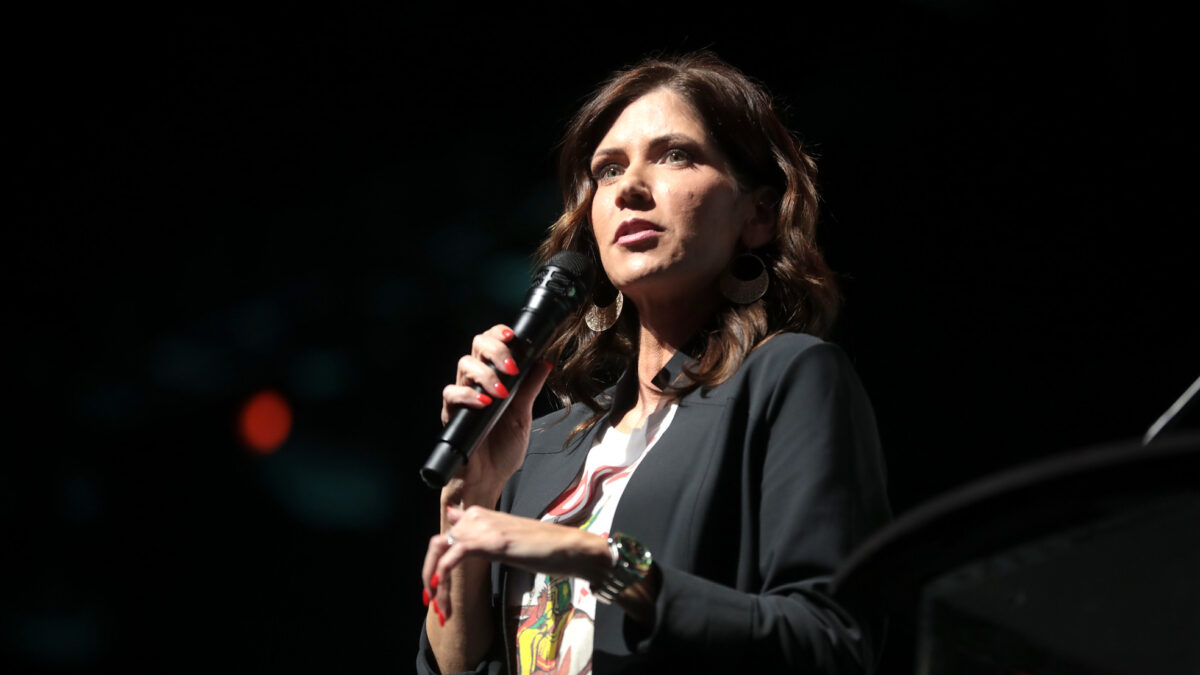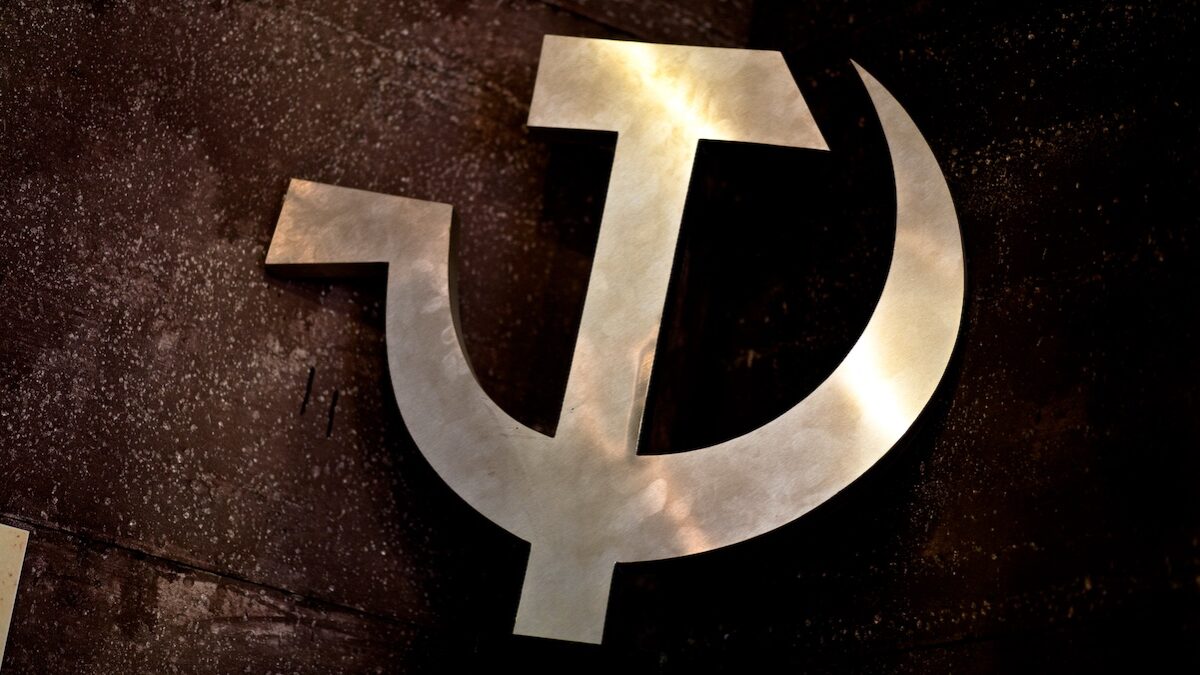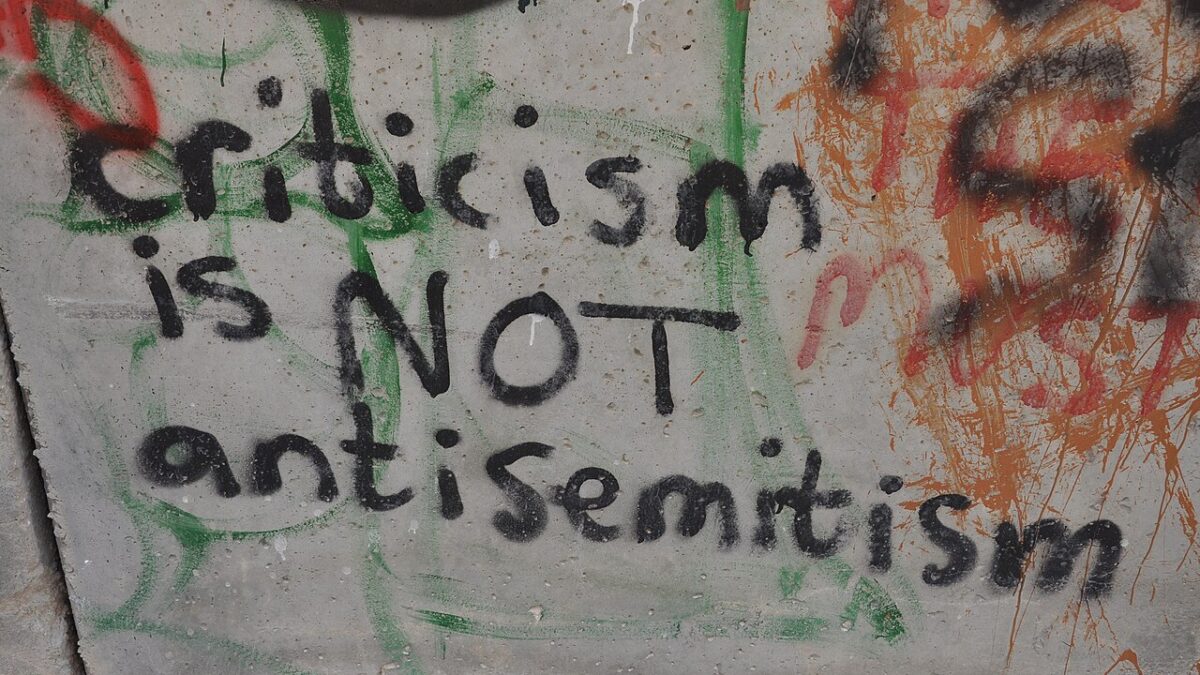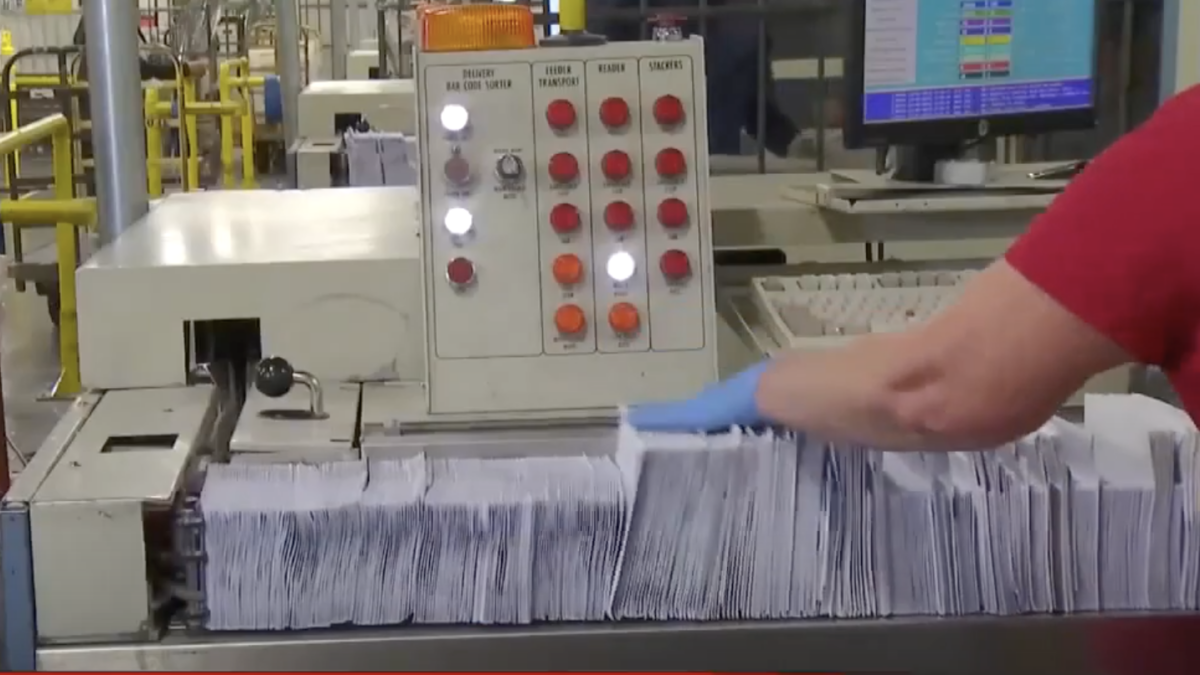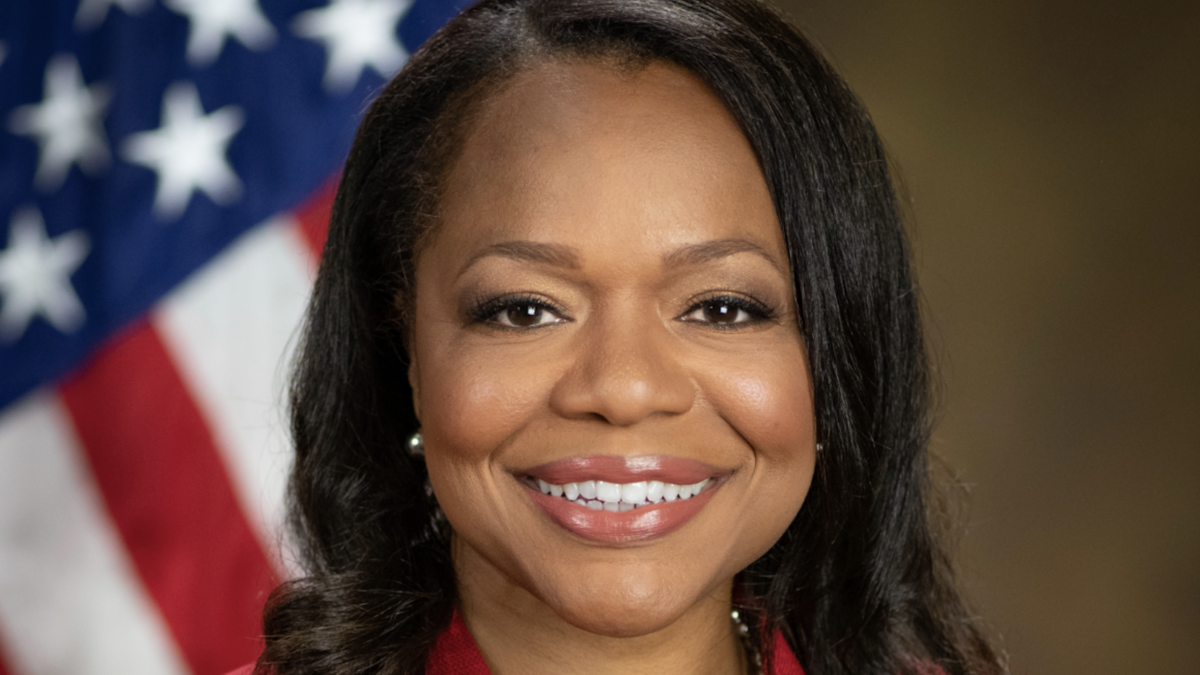In the summer of 1980, I worked in Washington, D.C., as a congressional intern just before enrolling in college and the Air Force Reserve Officer Training Corps (ROTC). Patriotism and military service were at a low point. The late 1960s and 1970s had seen Vietnam War protests that featured flag burning and disrespect for military veterans, as well as civil rights protests and the Watergate scandal. At the 1968 Olympic games, two black American medal winners protested racial inequality by raising a gloved fist and bowing their heads during the “Star Spangled Banner” to a shocked audience. At Woodstock in 1969, Jimi Hendrix played a distorted and angry electric guitar version of the national anthem to a cheering crowd.
The 1960s wasn’t the first time our national symbol had been burned, but it was our worst crisis in a hundred years. After the 1860 election of Abraham Lincoln, southerners began to burn the flag as the nation literally split in two.
I was just a young kid in the ’60s, so I didn’t have much awareness of the political and social turmoil going on around me. I remember staying up to watch TV as long as I could until the station signed off after midnight by playing the national anthem and showing the flag or the Statue of Liberty. That’s right, some stations actually turned off their broadcast at night. I remember watching Mark Spitz win an unbelievable seven gold medals at the 1972 Olympics. He wore an iconic Speedo swimsuit featuring the stars and stripes. I was a competitive swimmer, and every team just had to have that red, white, and blue swimsuit. Patriotism was still alive, if only on life support.

When Americans United Again
But things started to change in 1979. President Jimmy Carter had just delivered his “crisis of confidence” speech on July 15. On Nov. 4, militant students stormed the American embassy in Iran. They took American diplomats hostage, burned the American flag, and chanted “death to America.”
President Carter, who had probably done more to promote human rights around the world than any previous president, was hated and vilified by the Iranians. I didn’t think Carter was an effective leader, but he was an authentically good person and nothing like the devil our enemies made him out to be. He was an idealist living in a very cruel world that seemed to hate America. As if things weren’t going badly enough, on Christmas Eve 1979, the Soviet Union invaded Afghanistan. Finally, Americans started to wake up and unite.
On Feb. 22, 1980, we watched the “Miracle on Ice” as the young, underdog American Olympic men’s ice hockey team defeated the Soviet team on American soil at Lake Placid, New York. The Soviets had dominated the game for 20 years. The USA team won the gold medal, and Americans went wild with enthusiasm and patriotism, chanting “U-S-A” and waving the flag. It was more than a game; it was perceived as an ideological victory in the Cold War.
Every day of my 1980 internship in Washington, I would turn the congressman’s office radio on and tune it to the station that would play the national anthem exactly at noon. The flag was flown at half-staff and Walter Cronkite ended the evening news with the number of days American hostages had been held in captivity. The hostage crisis lasted 444 days.
Tom Flynn, the owner of the Hillcrest Memorial Park Cemetery in Pennsylvania, raised a new flagpole for each day the hostages were held captive and vowed that none of the 444 flags would ever come down. They have become the Avenue of Flags. I worked for a Democrat even though I voted for Ronald Reagan, but it didn’t matter because we all showed respect for our flag, our national anthem, and our country.

By the time the first war against Iraq ended in 1991, patriotism and support for the troops were in full swing again. Since then, Americans have gone out of their way to “support our troops” and make sure all veterans feel appreciated. As a young Air Force officer flying in uniform on a commercial airline, I was sometimes offered a free upgrade to business class by a patriotic flight attendant just because she could. I would never have asked for special treatment. We had learned not to vilify our troops or our national symbols even when we had strong political disagreements.
But we’ve gone backward. Today, if you display the flag to show your patriotism, leftists might tar you as being a right-wing extremist, white supremacist, or any number of false stereotypes. For whatever reason, many Democrats don’t admit to being patriotic or display the flag anymore. Why is that?
Flag burning was never very popular, even during the Vietnam War, but it is back again as some extreme leftist demonstrators burn it to protest the alleged evils of America. Protests directed at the flag and the national anthem surged as athletes politicized sports again by taking a knee in protest. Students have even been encouraged to protest the Pledge of Allegiance.
Meanwhile, police have been condemned and vilified in the same way our soldiers were during Vietnam. And racial division is encouraged and amplified by those who prefer to allege that America is systemically racist and all white people are guilty of the continued oppression of black people rather than admit the tremendous progress we have made in the past 50 years. This is a tragic mistake that only serves to exaggerate and widen the divide, not to solve problems.
Respect and Civility
I’ll never forget taking my son and his team to Cooperstown Dreams Park, where 12-year-old youth baseball players compete in a huge tournament with kids from all around the country. The opening ceremonies featured a parade of teams all wearing uniforms of red, white, and blue as well as a flag ceremony and the singing of the national anthem.
Typically, when Baltimore Orioles fans sing the national anthem at an O’s game, many of them shout out the word “Oh” in “Oh, say can you see.” I never liked it, so I was pleased when Lou Presutti, the founder of the park, warned Maryland teams not to do it. He considered it disrespectful. In fact, his penalty was immediate expulsion of the whole team from the tournament. Not surprisingly, nobody belted out the “Oh.” Not everyone considered it disrespectful, but Presutti had drawn a hard line. He died in 2016, but it is pretty obvious what he would think about athletes who take a knee.
President Donald Trump was elected largely on his promise to put America first, but he was not the first and will not be the last. It is time we all agree to put America first and settle our problems peacefully with civility and respect. America has never been perfect, but our history has been one of constant progress toward the ideals represented by our flag and national anthem.
As Martin Luther King Jr. said in 1963, “And so even though we face the difficulties of today and tomorrow, I still have a dream. It is a dream deeply rooted in the American dream.” We clearly have further to go but have come a long, long way since then.
Attacks on our citizen soldiers or law enforcement make us all less safe, while unfounded name calling — such as deplorable, anti-science, fascist, racist, misogynist, and transphobic — keeps us divided. Although they are merely symbolic, displays of disrespect for the stars and stripes diminish us as a nation. You have the right to say what you want, but many of us have drawn a hard line. On Independence Day, and every day thereafter, respect the flag and put America first.
